Sunscreen, often neglected by a bulk of people, is the most important skincare product that one should never miss. Understanding the importance of sunscreen is imperative as it not only protects the skin from harmful UV rays that cause fine lines and wrinkles, resulting in skin aging but also makes it more prone to skin cancer. Whether you are indoors or outdoors, in the sun or rain, sunscreen is mandatory.
Earlier people usually used to skip sunscreens, mostly because of the heaviness, greasiness, and ugly white cast they left on the skin. However, with ever-changing formulas, a plethora of good options and wearable textures are available in the market. Wearing sunscreen doesn’t seem heavier on the skin anymore.
But to understand the importance of sunscreen, you first need to understand the basics of sunscreen, the types of sunscreen, the different forms available, which ingredients to look for, and which one would suit your skin type. If you are getting confused with so many options available in the market, Do not worry, by the end of this article you will understand the concept of how sunscreens work and how to choose one for your skin, according to your skin type and concern.
Why is sunscreen so important?
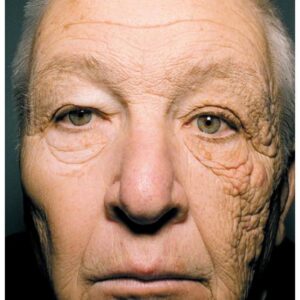
Source: The New England Journal of Medicine
This picture of a truck driver who has been driving for the last 28 years shows the importance of sunscreen. Here, the picture shows the effects of UV exposure on only one side of his face exposed through the truck window—the damage is clearly visible as skin thickening, deep wrinkles, and sagging skin on his left side. This illustrates exactly how your skin could age with and without sunblock. If this isn’t enough to intimidate you to use sunscreen regularly, I don’t know what will.
We all are aware that the sun, along with the sunshine that it showers upon us, emits UV rays from its wavelength spectrum as well. Although most of the UV rays get reflected by the ozone layer. However, deteriorating environmental status, increasing pollution, and global warming make the use of sunscreen even more significant. It ensures maximum protection from UV rays.
Effects of UVA Rays
Effects of UVA manifest usually after a long duration of exposure, even if doses are low. It has been postulated that UVA up regulates the formation of matrix metalloproteinase (MMPs), enzymes that degrade the matrix protein's elastin and collagen, which, if not prevented, can result in marked reduction in skin elasticity and increased wrinkling. Studies have shown that UVA impairs the antigen presenting cell (APC) activity of the epidermal cells and thereby causes immune suppression, thus contributing to the growth of skin cancer. Sunscreening agents have shown to provide significant protection against epidermal APC activity induced by high UVA dose.
Effects of UVB rays
UVB radiation can also cause acute changes, such as pigmentation and sunburn, and chronic changes, such as immune suppression and photocarcinogenesis. Both UVA and UVB radiation can cause sunburn, photoaging reactions, erythema, and inflammation. Check source.
UVB rays are shorter and can’t penetrate, but cause sunburns and tanning. UVA, however, is more damaging as it can penetrate through the skin and can affect your skin at deeper levels, causing skin cancer in the longer run. Therefore, a broad-spectrum sunscreen with a min 30 SPF is a must.
Hopefully, you understand the importance of sunscreen. Let us familiarise ourselves with a few terms that are often mentioned on sunscreen product packages.
Sunscreen Terms
SPF-
Most of us are aware of this term. We often find it on product packaging like SPF 30 OR SPF 50 etc but what exactly does this mean? So, SPF is the Sun protection factor that measures the level of blockage of UVB rays. Sunscreen with SPF 30 means it will block 1/30th of the UVB rays. SPF 15 means that sunscreen blocks 93% of UVB rays, SPF 30 means sunscreen blocks 95% of UVB rays, and SPF 50 blocks 98% of the UVB rays.
Keep in mind that one should never relate the SPF value to the time of solar exposure but to the amount of sun exposure instead. Geographical locations also affect the Solar intensity, with greater solar intensity at low latitudes. Moreover, it also depends on the time of the day, with noontime being the highest at solar intensity.
Now that you understand what SPF is a sunscreen means, this is not the only important factor to look for. The PA rating mentioned along with the SPF is an equally important factor when choosing a good sunscreen.
PA Rating-
This means the level of blockage of UVA rays, which induce skin cancers and aging of the skin. PA stands for protection grade, which is often measured by a “+” sign.
PPD –
Stands for Persistent Pigment Darkening this measures how much longer it would take for your skin to tan if you are wearing the sunscreen as compared to not wearing the sunscreen at all. If the PA+++, this means it will take 8 to 16 times longer for your skin to tan if you are wearing a particular sunscreen.
Broad-Spectrum Sunscreen –
This means that the sunscreen provides protection by blocking both UVA and UVB rays. It provides protection against both UV rays by providing a chemical barrier that reflects the UV rays before they can damage the skin.
Sunscreen Ingredients
- Aminobenzoic acid
- Avobenzone
- Cinoxate
- Homosalate
- Octocrylene
- Octinoxate
- Octisalate
- Sulisobenzone
- Titanium Oxide
- Tourmaline Salicylate
- Zinc Oxide
- Oxybenzone
- Padimate O
- Ensulizole
Oxybenzone is one troublesome ingredient found in over-the-counter sunscreen that is linked to hormone disruption. However, according to research, it will need 270 years to do such damage. Moreover, sunscreens are also growing over time. Certain skincare brands offer oxybenzone-free sunscreen, one being La Roche posay Anthelios, one by Neutrogena
Type of Sunscreens
| Physical (Mineral) | Chemical | Hybrid |
| These are also called inorganic sunscreens, as these use naturally occurring minerals like zinc oxide and Titanium Oxide. | As the name suggests, these use chemicals in their compositions. All other ingredients except zinc oxide and Titanium Oxide are recognized as chemical sunscreen ingredients | These, according to the name, are a blend of both chemical and physical sunscreen. |
| These create a protective barrier on the surface of your skin that reflects and scatters UV rays away from the skin. They protect the skin by reflecting up to 95% of the rays. | These get absorbed in the skin like a lotion instead of forming a barrier on the top. The active ingredients present cause a chemical reaction, converting the UV light into heat so it can’t harm the skin. | These Combine both the reflecting and absorbing properties of physical and chemical sunscreens. |
| Ingredients: Zinc Oxide, Titanium Oxides (although as natural as it claims to be, sunscreen can’t be natural as it has to be formulated with other synthetic chemicals in order for it to gently glide on the skin. However, the chemicals used are not harmful. | Ingredients: Oxybenzone, Aminobenzoic acid, Avobenzone, Cinoxate, Homosalate, Octocrylene, octinoxate | Ingredients: Both Chemical and Physical sunscreen actives. |
| These protect from the sun as soon as it’s applied. | However, these take 20 mins to absorb and begin working. | Starts working instantly |
| Slightly harder to apply, and leaves a white cast. However, a tinted option gets rubbed in easily | Easier to apply, and kind of invisible on the skin. | A lightweight solution that easily absorbs into the skin. White cast free. |
| Recommended for people with sensitive skin, melasma, and rosacea. | For all skin types, expect people with sensitivities, rosacea, and melasma | Great for sensitive skin types and acne-prone skin |
| Fragrance-free | Have fragrance, and can be irritating to the eyes. | |
| Cerave Face Lotion | Biore UV Aqua Rich water essence | Elta MD UV clear broad spectrum SPF 46 |
| Elta MD UV physical Broad Spectrum SPF 41 | Neutrogena Ultra sheer dry touch | Eucerin Daily protection |
| Neutrogena Sheer Zinc Oxide Dry-Touch Mineral Face Sunscreen | La Roche posay anthelios clear skin sunscreen | Skin Aqua Sunscreen |
Different formulations of Sunscreen
Apart from the basic cream and lotions, these are available in form of gels, powder, sticks, and sprays.
Lotion/
Creams
- Best for dry skin types
- The emulsion of oils and water spread easily and can be tracked where it has been applied
- Can be greasy/ can leave for white cast
Gel
- Best for oily skin types
- Difficult to track where it has been applied
- Do not leave a greasy feeling on the skin, lightweight and without any white cast
Sticks/ Sprays/ Powders
- The texture is good for all skin types. Look for actives according to the skin type.
- GameChanger for easy and fast reapplication
- Not greasy and Can be applied on the scalp as well.
Why Do you Need SPF? The Importance Of Sunscreen.
1. Protects against Skin Cancer
The depletion of the ozone layer has increased our risk of sun damage from harmful UV rays. Sunscreen blocks these rays and reduces the likelihood of sunburn. It protects your skin from harmful UV rays and reduces the risk of developing skin cancer.
2. Protection Against Sunburn
As we know that both UVA and UVB rays cause long-term skin damage, like the formation of wrinkles, and are also associated with some skin cancers. Its UVB rays, however, cause sunburn and most skin cancers. Thankfully, sunscreen defends the skin against UV rays by absorbing, reflecting, or scattering sunlight.
3. Avoid Inflammation & Redness
Too much time in the sun will result in sunburn, severe skin reddening, and inflammation of the skin. “The ultraviolet rays from the sun damage the skin, which turns red as the body directs more blood to the affected area to repair the damage.”
4. Prevent The Early Onset Of Wrinkles & Fine Lines
When it comes to developing wrinkles, fine lines, and crow’s feet, one of the most effective preventative formulas is sunscreen. Lengthy exposure to UVA rays prematurely ages your skin and results in the loss of collagen and skin elasticity.
5. Avoid Blotchy Skin & Hyperpigmentation
Hyperpigmentation refers to parts of the skin becoming discolored or darkening inconsistently. This can be hereditary, but sun exposure can also cause it. Blotchy skin or dark spots may spring up on the face, hands, and other parts of the body regularly exposed to the sun.
6. Stop DNA Damage
UV rays induce DNA damage and trigger skin carcinogenesis and photoaging. Studies show that sunlight exposure is associated with a chain reaction which later results in DNA damage.
Sun Protection Facts:
- Wear clothing to cover skin, wear hats, sunglasses, and full sleeves when exposed to the sun.
- Limit sun exposure, especially during peak hours from 10 to 2 pm.
- Always wear broad-spectrum sunscreen with SPF 15 or higher.
- Reapply sunscreen every two hours to increase its potency.
- Apply 20 mins before heading out into the sun. Chemical sunscreens take time to absorb in the skin.
- Use a generous amount of sunscreen on your face and disperse it.
- Skin color also plays a role in absorbing solar exposure.
Clearly, sun exposure can have a profound effect and potentially cause premature skin aging, skin cancer, and many other skin changes. Hence, the importance of sunscreen for the skin must not be overlooked. It is indeed a must-have skincare product for all skin types, ages, and gender.
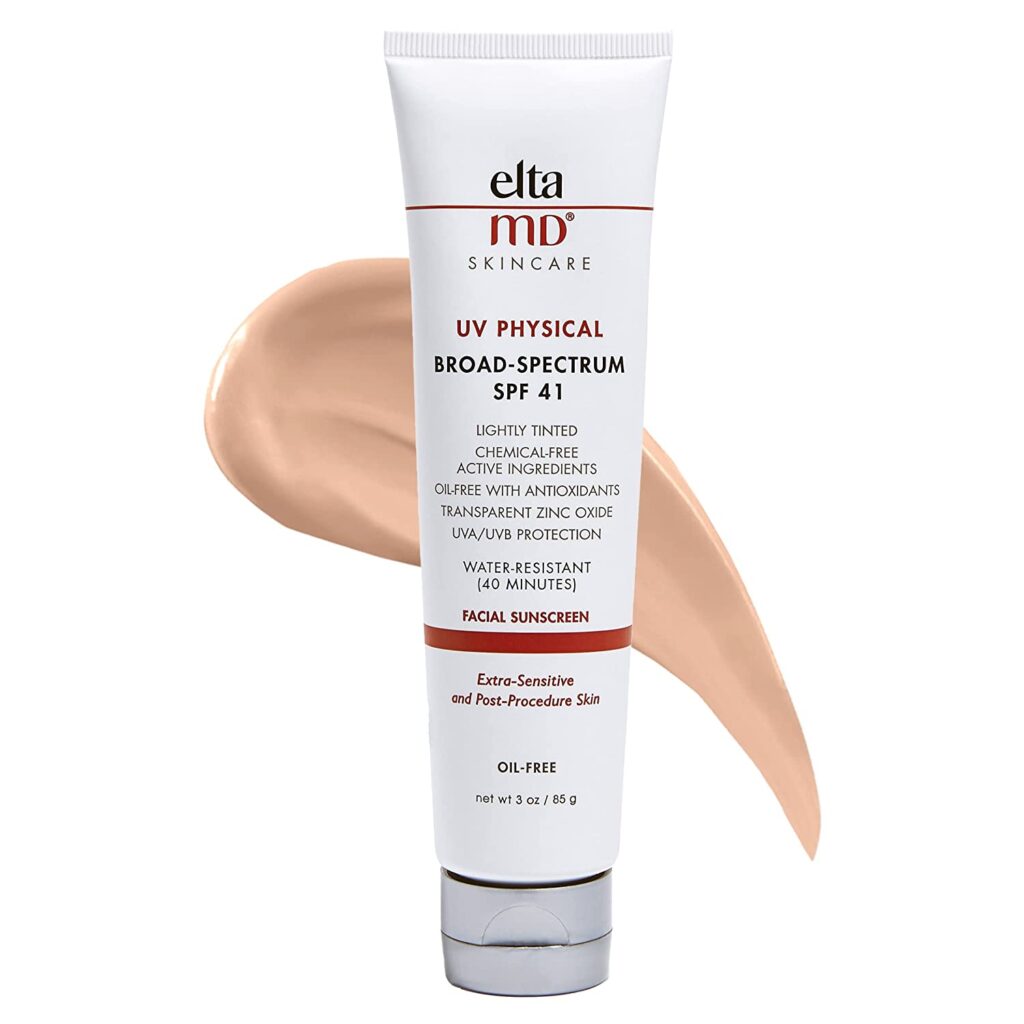
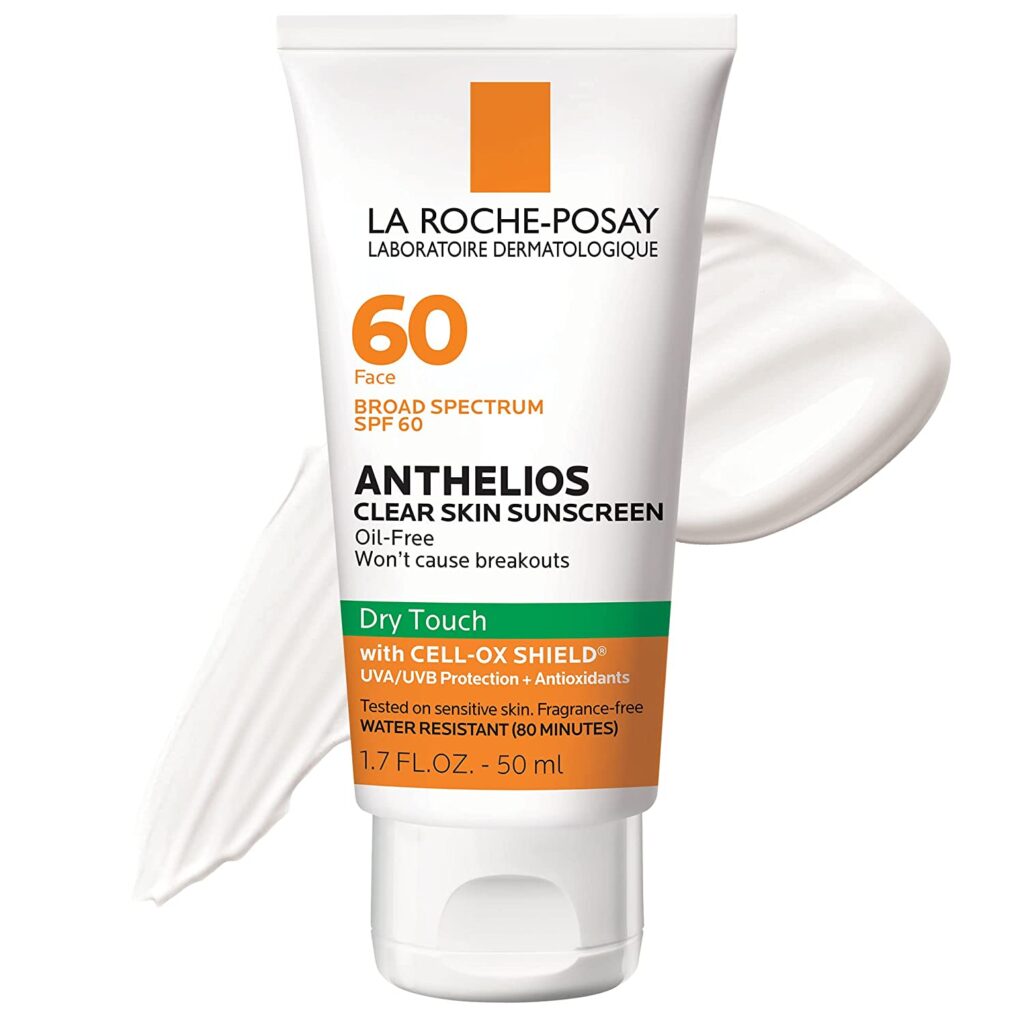
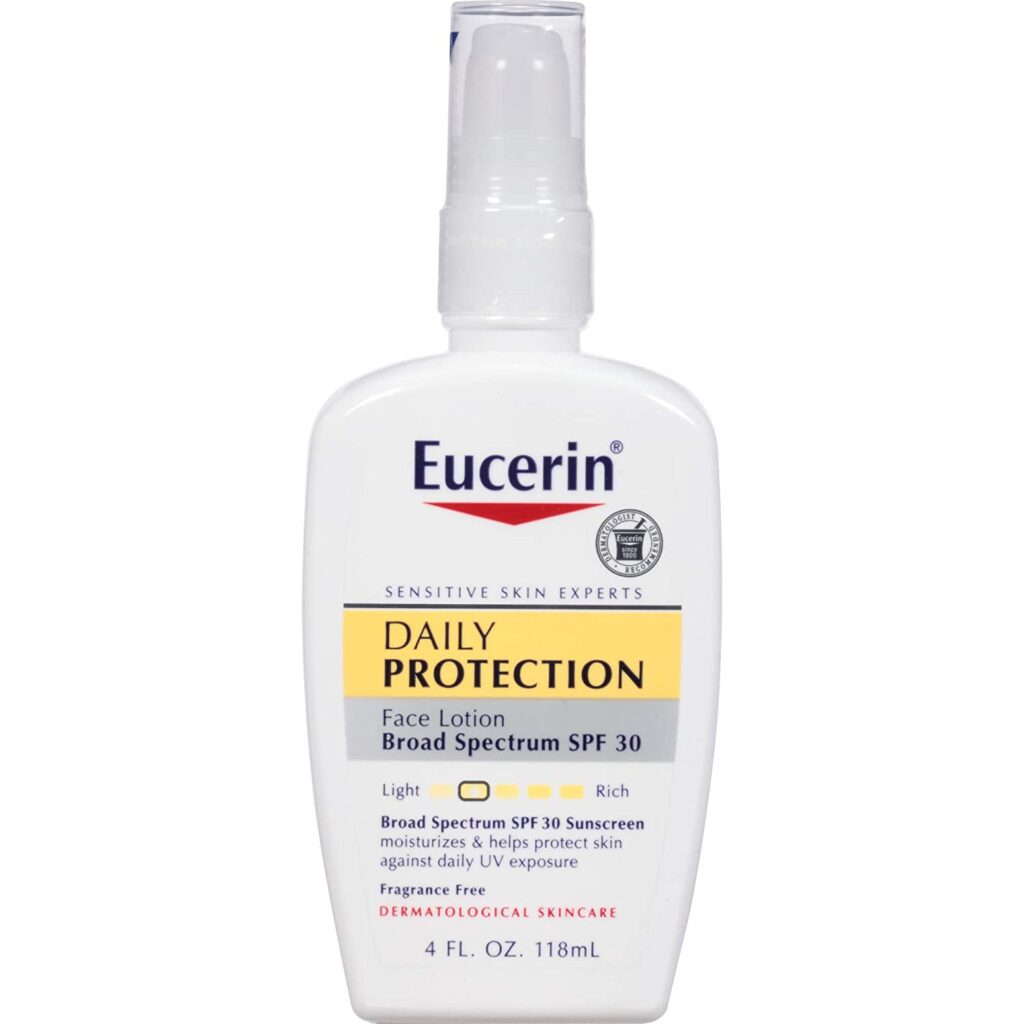
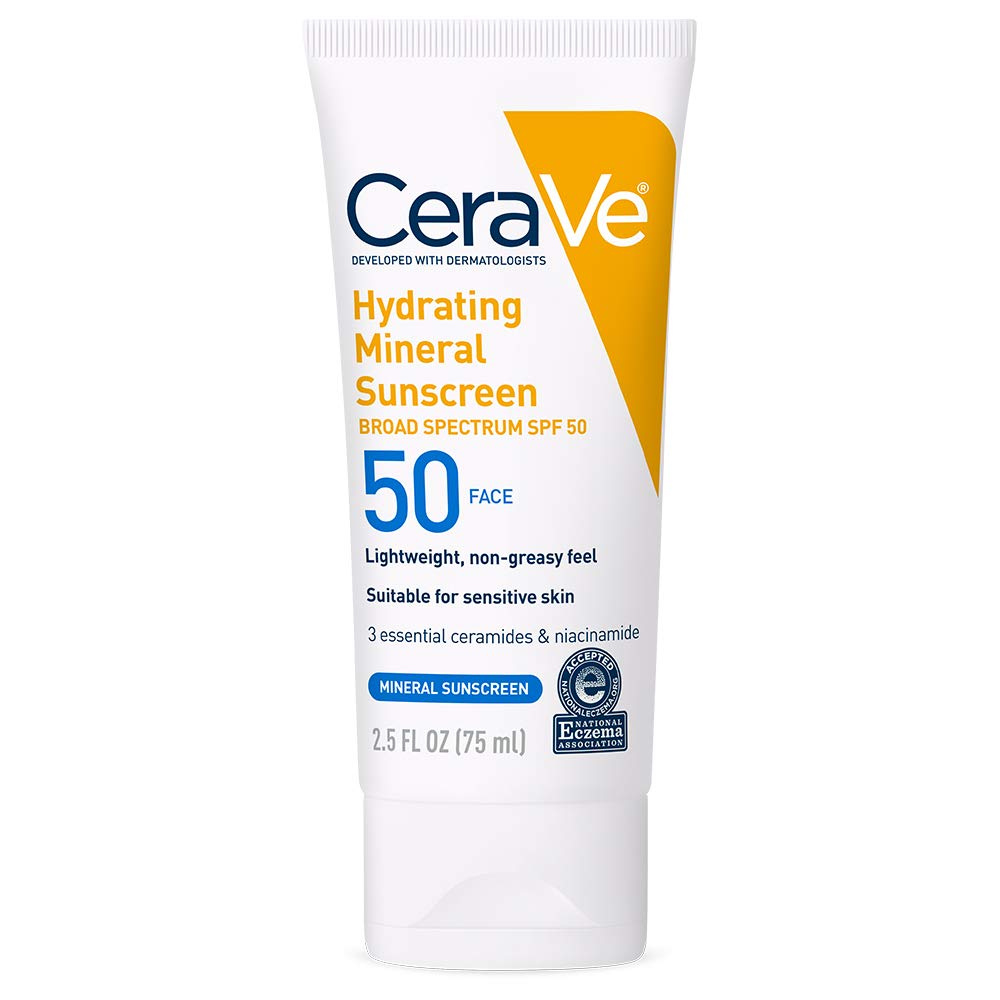
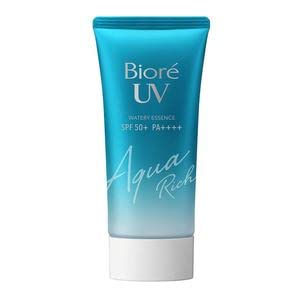
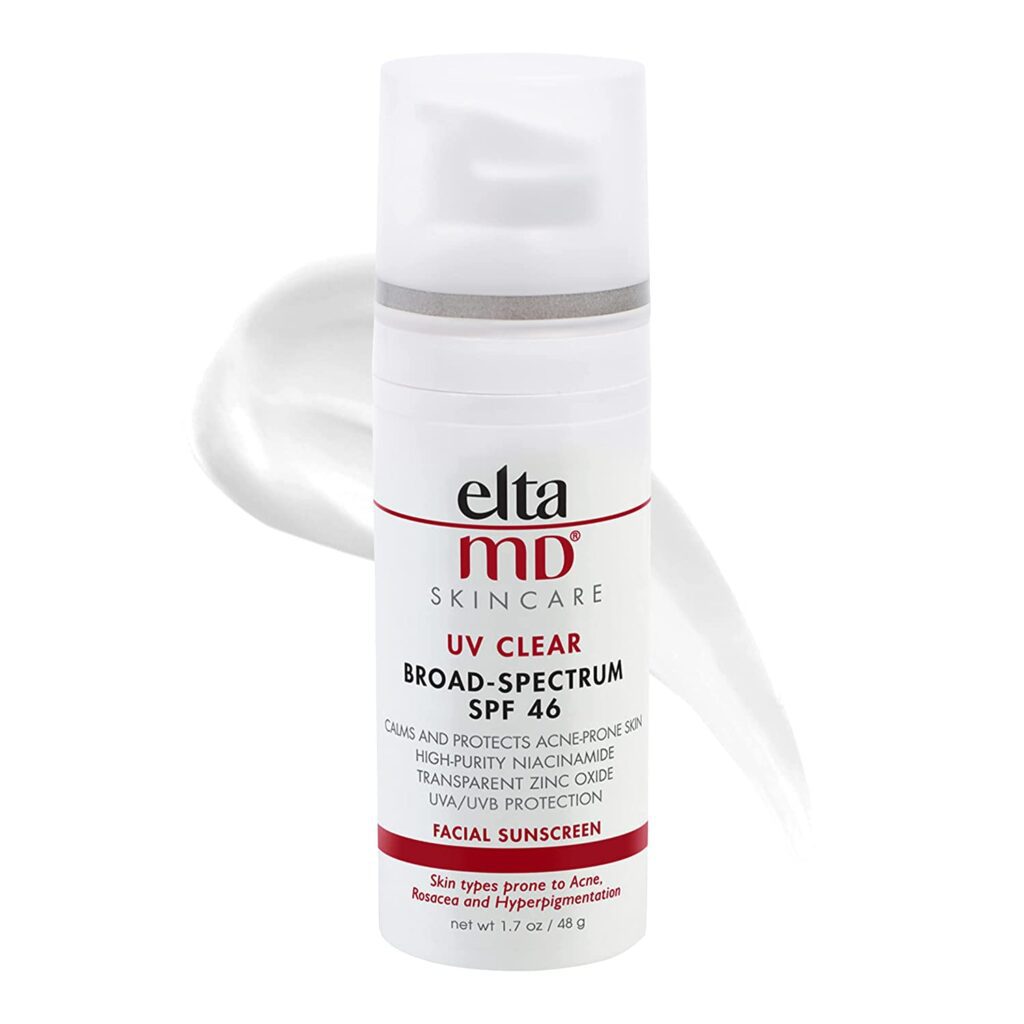
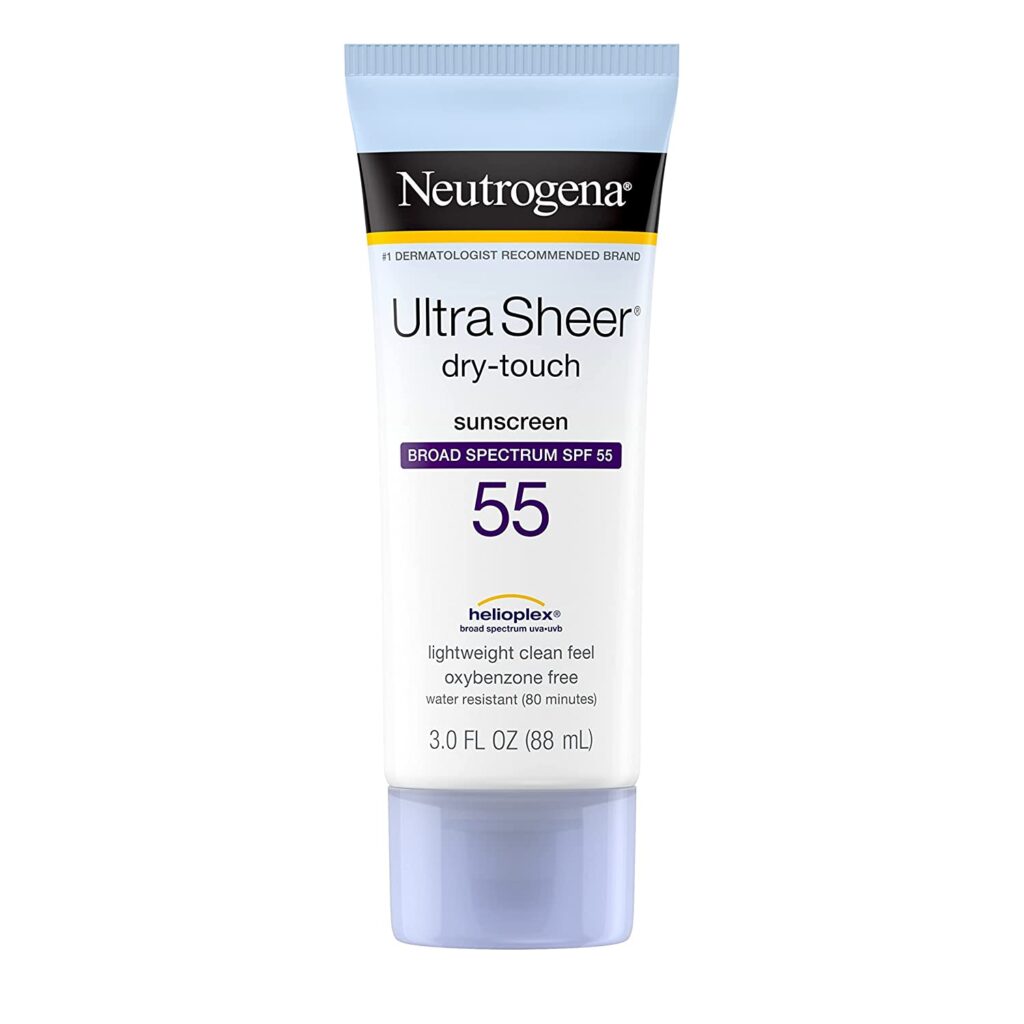
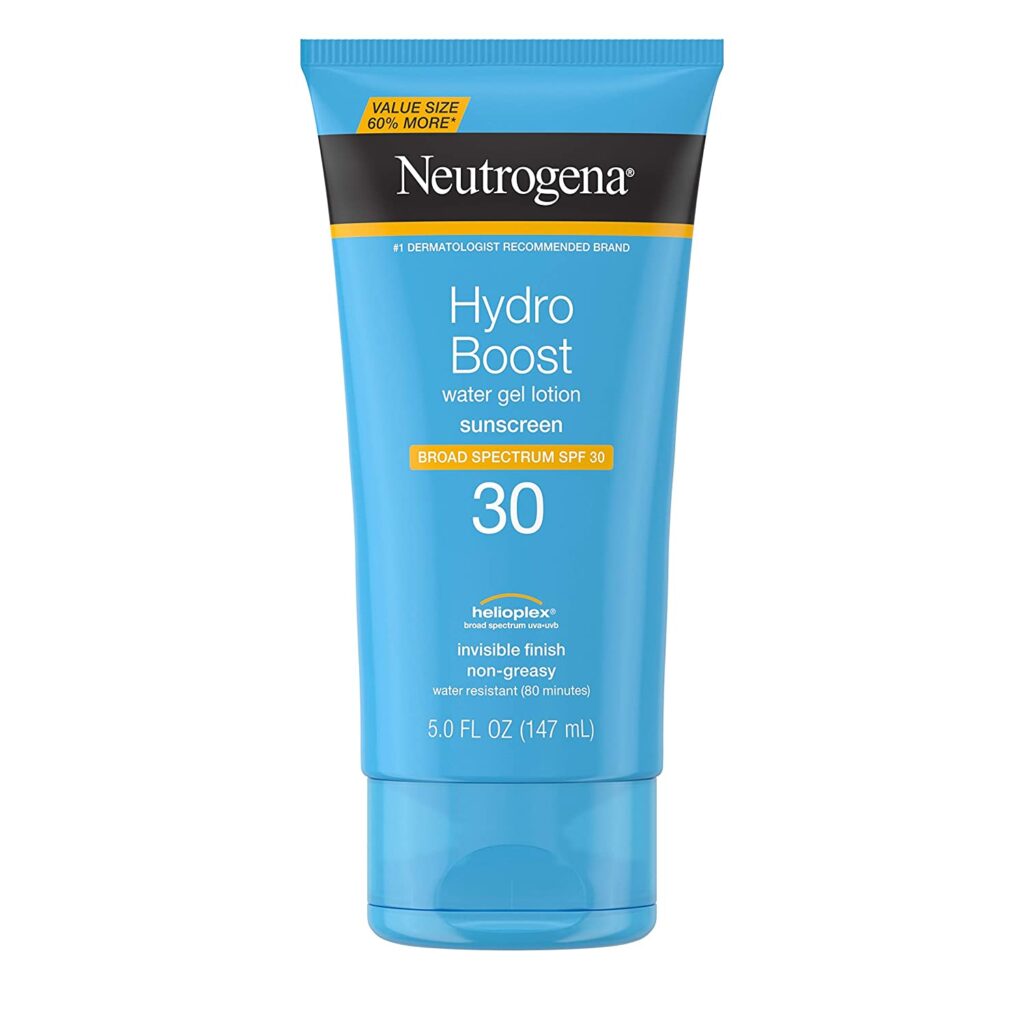
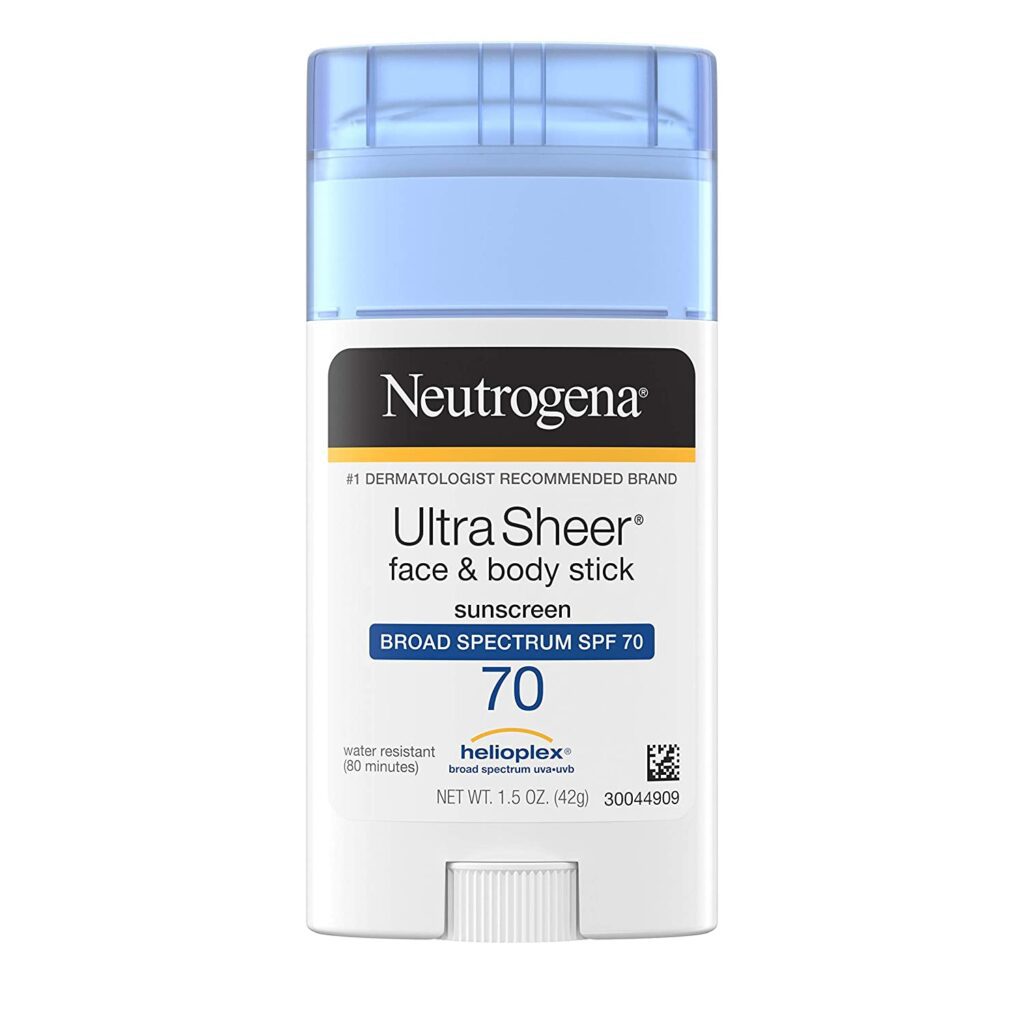

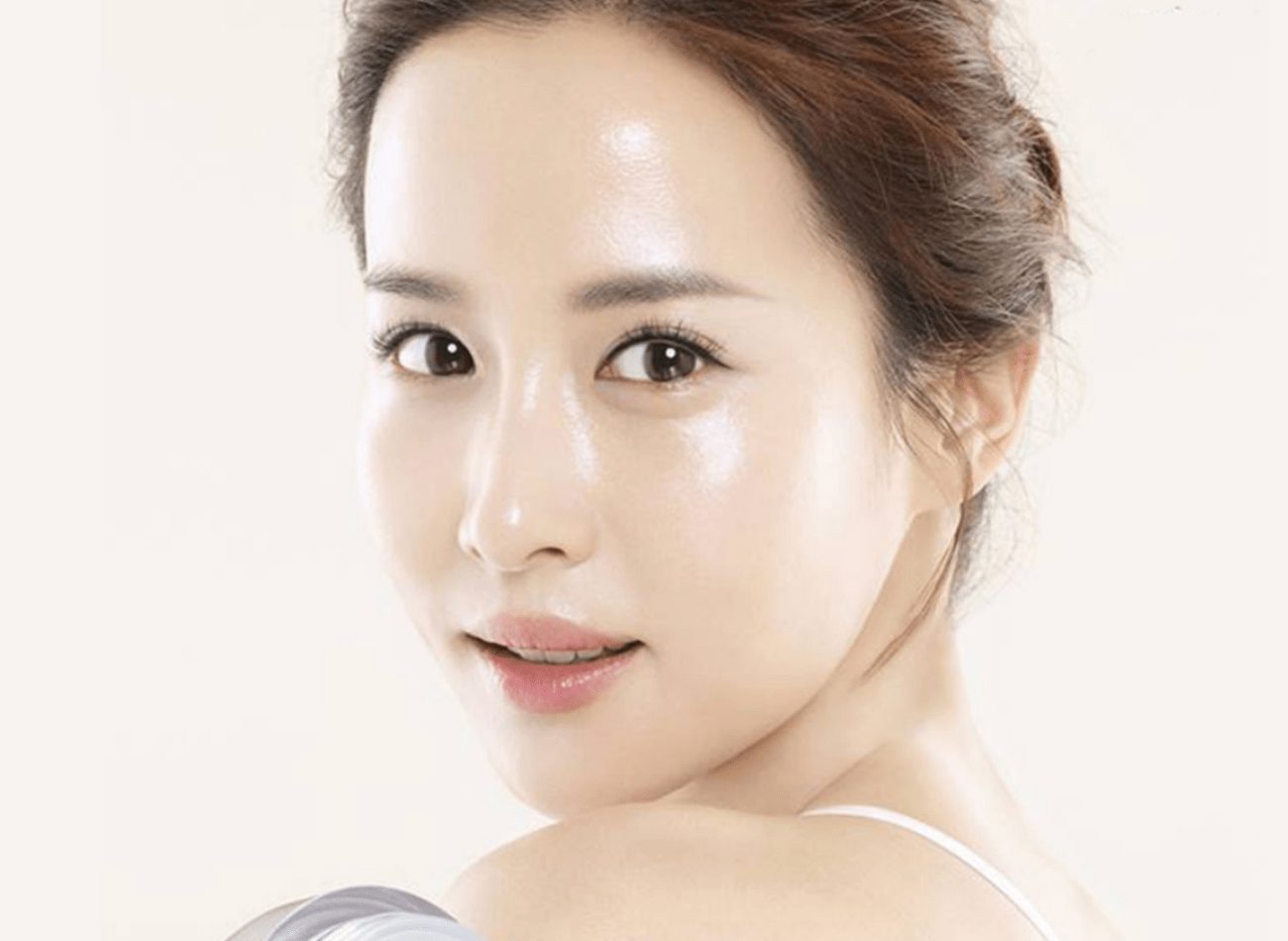
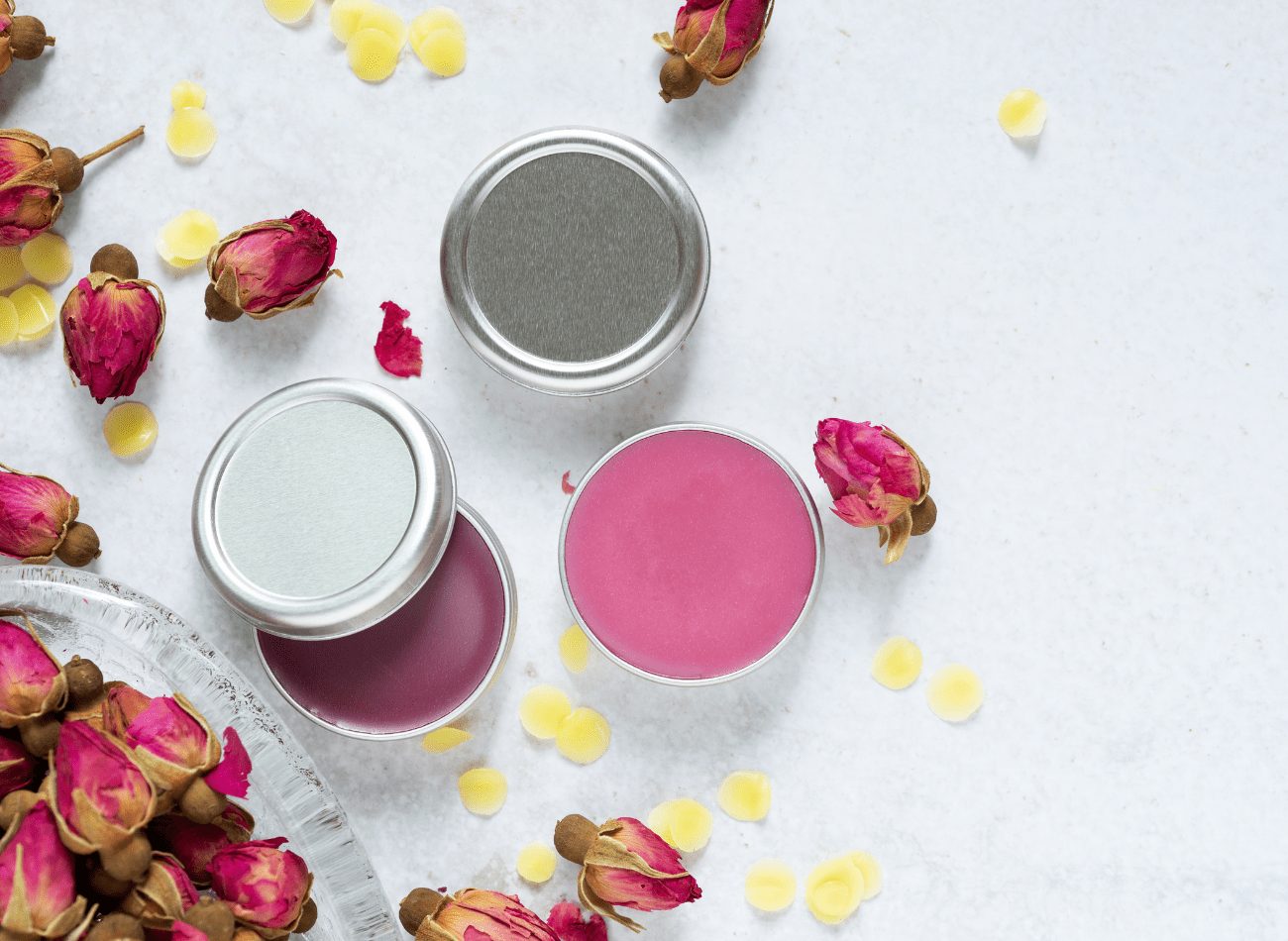





Comment
Pingback: Get Rid of Sun Tan Naturally DE-Tan at Home